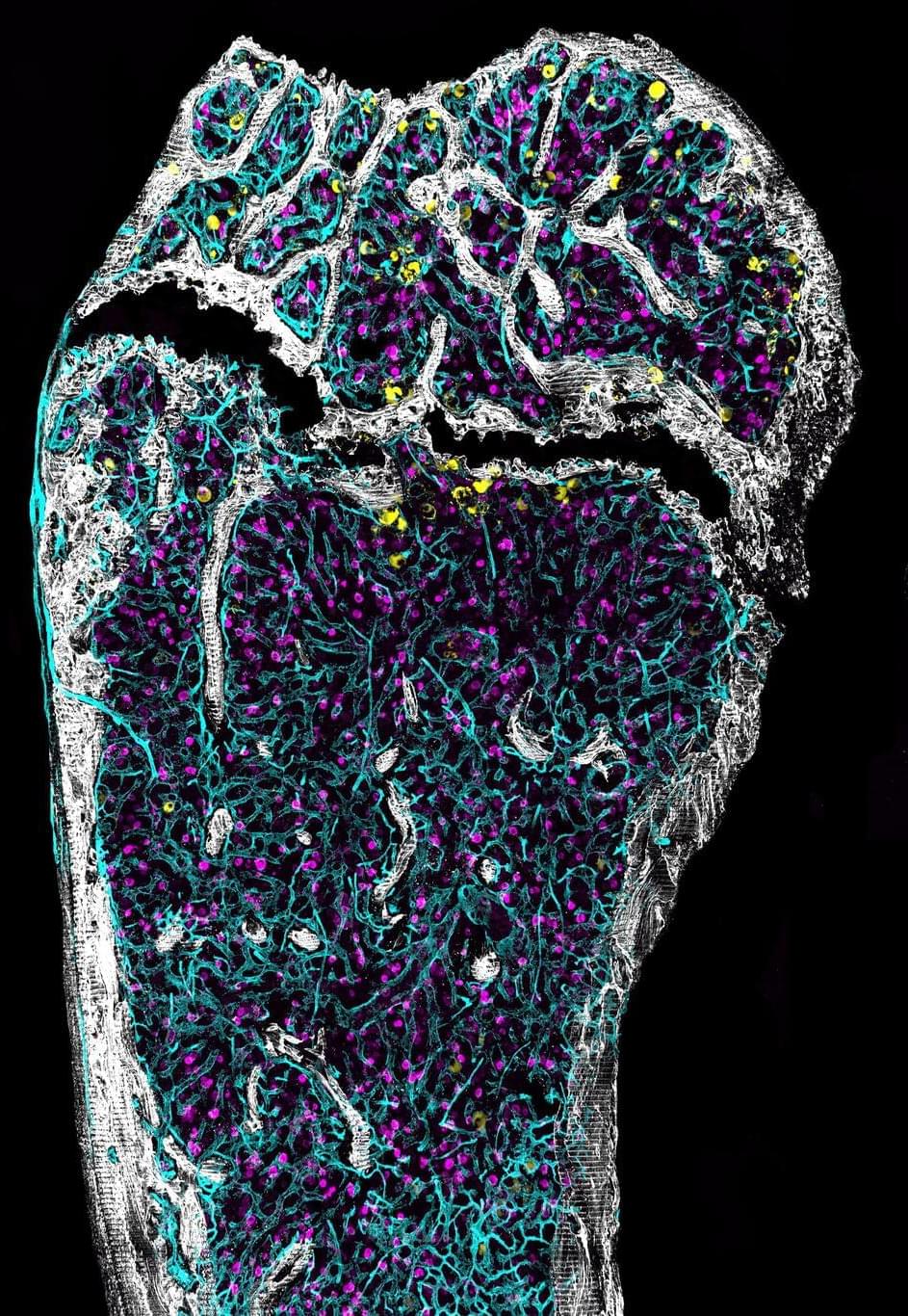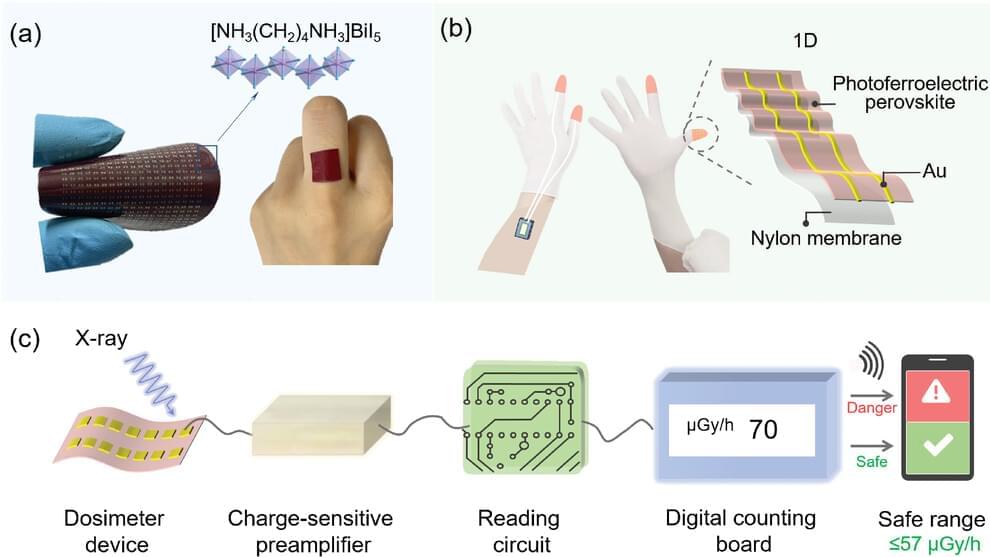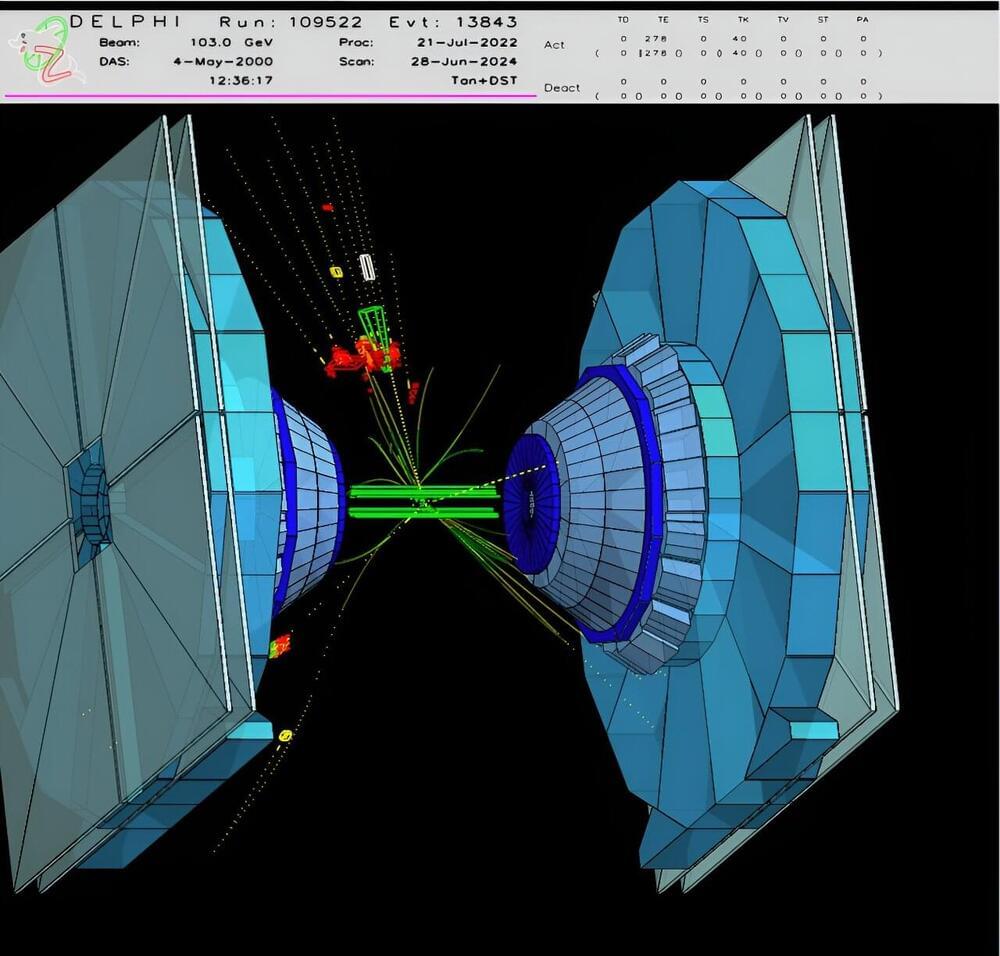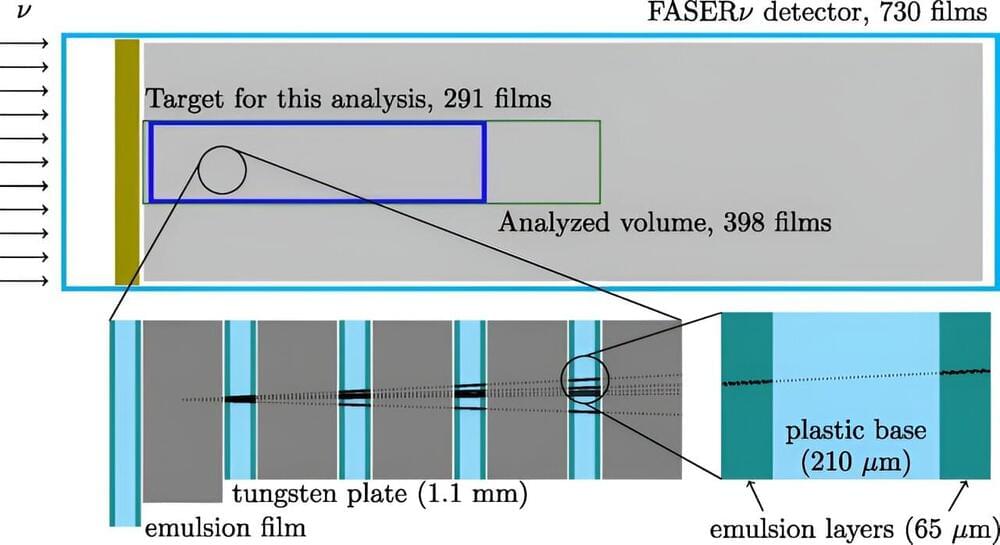Jul 17, 2024
Exoplanet with weird orbit is transforming into a hot Jupiter before our eyes
Posted by Genevieve Klien in category: space
“Astronomers have been searching for exoplanets that are likely precursors to hot Jupiters, or that are intermediate products of the migration process, for more than two decades, so I was very surprised — and excited — to find one,” team leader Arvind Gupta, a NOIRLab postdoctoral researcher, said in a statement. “It’s exactly what I was hoping to find.”
The scientists first used the NN-EXPLORE Exoplanet and Stellar Speckle Imager (NESSI) to remove “twinkling” patterns caused by Earth’s atmosphere, as well as reduce noise coming from other sources of light that could pollute the signal from the star TIC 241,249,530 as its planet transits its face.
Next, they measured the velocity of the exoplanet around the star using the NEID spectrograph to determine the star’s shift in light.


















